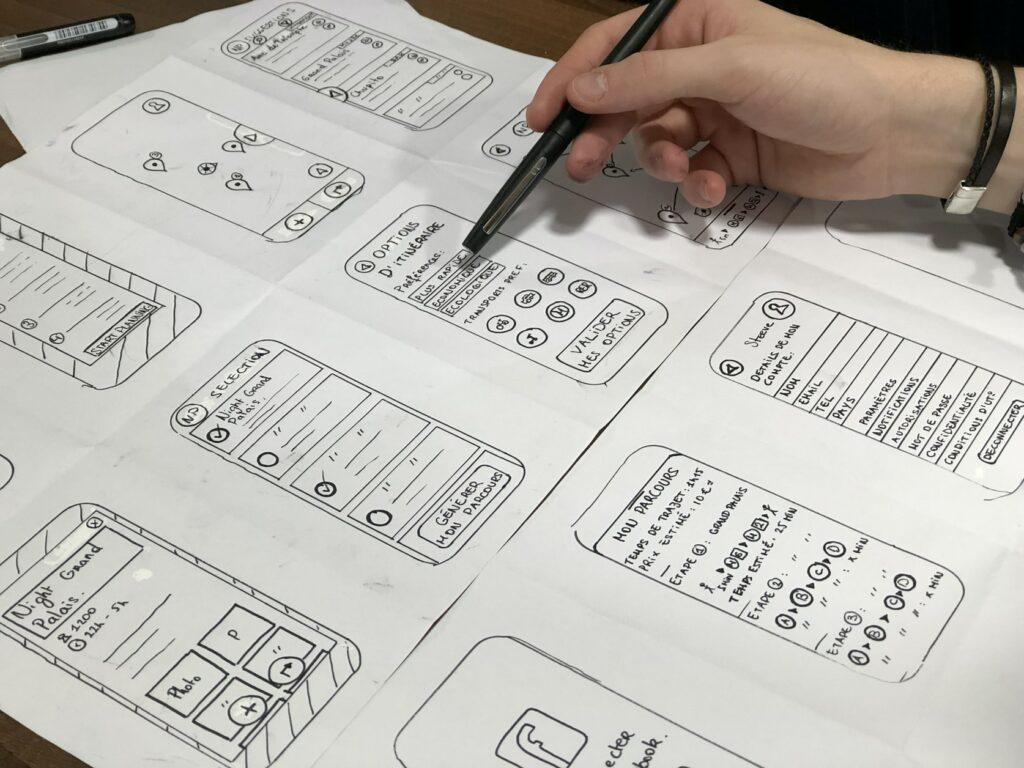47 - 49 Park Royal Road,
London NW10 7LQ

More people are using their mobile devices to access the internet than ever before. This means that it’s more important than ever to make sure your website is mobile-friendly. In this article, we will give you 10 tips for creating a mobile-friendly website.
There is no one answer to whether or not a website should be responsive, as it depends on the specific needs of the site. However, there are a few things to keep in mind when creating a responsive design. First, make sure that all content and images are scaled down appropriately for mobile devices. Second, make sure that your site’s layout is flexible enough to accommodate different screen sizes. And finally, make sure to use clear and concise navigation menus and buttons.
One of the most common complaints about websites is that they are too long and difficult to navigate. In order to make your website more mobile-friendly, it may be helpful to keep your pages shorter. This can be done by breaking up your content into smaller, more manageable chunks. Additionally, use simple, easy-to-read fonts and colours, and make sure all of your links are clickable. Finally, use a layout that is easy to scroll through on a phone or tablet.

Large text can be effective on a mobile website if it is used correctly. Large text should be used for important information and should not be used for general content. Large text can also be difficult to read on a small screen, so it is important to use it sparingly.
Touch-friendly navigation is one of the most important aspects of making a website mobile-friendly. By making the navigation easy to use with touch, users will be more likely to stay on your site and not search for information elsewhere.
One of the most common mistakes made when creating a website is including too many images. Not only is it a waste of bandwidth and server space, but it can also be difficult for users to navigate your site when there are too many images to load.
Instead, focus on using images that are relevant to your content and that will help users understand what they are looking at. Additionally, consider using icons or other small images to help users navigate your site more easily.

Layout is one of the most important factors when creating a mobile-friendly website. A simple layout will make your website easier to navigate on a mobile device. Try to keep your content organised in columns or rows, and make sure all your images are sized to fit on a small screen. You can also use smaller fonts and use a minimal amount of colour.
One common way websites can be made more mobile-friendly is by minimising the use of plug-ins. Plug-ins are programs that add features to websites, but can often be slow and cause problems for mobile users. When possible, it is best to remove plug-ins completely and rely on the website’s own features instead.

HTML5 and CSS3 are two important technologies that can be used to make a website more mobile-friendly. HTML5 allows for more dynamic content and CSS3 provides more flexible and efficient styling for websites. By using these technologies, you can make your website look and feel more mobile-friendly.
One of the most important steps you can take to make your website mobile-friendly is to optimize your code. This means making sure all your code is formatted correctly, using the right markup and fonts, and loading as quickly as possible. By optimising your code, you can ensure that your website is not only usable on mobile devices, but also looks good and runs smoothly.
Testing your website on different mobile devices is essential to ensure that your website is mobile-friendly. This will help you identify any issues with your website’s design and ensure that it is accessible to as many people as possible.
If you are looking for a creative website design company in west London. Digital Pass team of experts will be happy to assist. Contact us today.